CASA Confirms DJI Mini 5 Pro Classification: Australia Joins US, Canada, UK in Rejecting Sub-250g Status

Amazon Drone Deals: DJI Mini 5 Pro Fly More Combo with DJI RC2 now for $1,099!
Australia’s aviation authority has officially confirmed that the DJI Mini 5 Pro will be classified as a “small restricted RPA” rather than a sub-250g micro drone, according to correspondence obtained by Adelaide drone operator Corey Roberts of Airworks Pty Ltd. The decision places Australia firmly in line with the United States, Canada, and the United Kingdom in taking a hard stance on the drone’s weight variance issue.
READ MORE: DJI’S MAVIC 4 PRO PROMO SHOWS DRONE FOOTAGE FROM PROHIBITED NATIONAL PARKS AND TRIBAL LANDS
The ruling matters because it strips Australian Mini 5 Pro owners of the regulatory freedoms enjoyed by sub-250g micro drone operators. Instead of flying with minimal restrictions, pilots now face the same requirements as operators of larger aircraft—a significant change that many didn’t anticipate when purchasing what DJI marketed as a near-250g drone.
Updated on 10/9/2025: This article has been updated to clarify CASA’s registration requirements. CASA does not require registration for drones flown purely recreationally, regardless of weight. Registration and accreditation are required only for commercial operations or when flying as part of your job.
CASA’s Official Response
CASA has officially confirmed to DroneXL, the Mini 5 Pro’s classification. A CASA spokesperson stated unequivocally:
“The DJI Mini 5 Pro is classified as a small restricted RPA and not a sub 250g micro RPA.”
The clarification came after Adelaide drone operator Corey Roberts of Airworks Pty Ltd sought definitive guidance for the Australian drone community following widespread reports that units consistently weigh 252-253 grams—above the critical 250-gram threshold.
Roberts, a CASA-licensed drone operator and former architect with nearly a decade of professional drone experience, contacted CASA’s Regulatory Oversight Division in early October 2025.
What This Means for Australian Pilots
The classification as a small restricted RPA has different implications depending on how you fly:
For recreational flyers: Good news—CASA doesn’t require registration or accreditation for any drone flown purely for fun, regardless of weight. If you’re flying your Mini 5 Pro as a hobby, you can continue without registration paperwork.
For commercial operators or those flying as part of their job: You must register the drone with CASA and complete the free accreditation quiz, regardless of weight. Registration costs apply for drones over 250g. However, operators of small restricted drones (under 2kg) can operate within CASA’s “excluded category,” allowing commercial flight without a remote pilot license, provided they follow standard operating conditions.
All operators—recreational and commercial—must still comply with CASA’s standard drone safety rules, including the 5.5km exclusion zone around controlled airports.
The real limitation? Pilots who wanted the sub-250g classification for more flexible operations near controlled airports no longer have that option. For commercial operators already holding accreditation for other drones, this changes very little.

Global Regulatory Divide Deepens
Australia’s decision highlights a growing split in how aviation authorities worldwide handle the Mini 5 Pro’s weight variance. While EASA accepts the drone as C0 class with a ±3% manufacturing tolerance (allowing up to 257.4g), most other major markets have rejected this flexibility.
The United States FAA requires registration and Remote ID compliance for any drone over 250 grams used recreationally, with no tolerance for manufacturing variance.
Transport Canada places responsibility on pilots to confirm their drone’s weight, requiring registration and pilot certification for any unit at or above 250 grams.
The UK Civil Aviation Authority confirmed there are no weight tolerances in UK regulations, stating that if a drone weighs more than 250g, it loses its C0 classification regardless of labeling. Looking ahead, UK pilots face even stricter requirements. From January 1, 2026, the CAA will drop its registration threshold from 250g to just 100g—less than half the current limit. This means significantly more drones will require operator registration and compliance with expanded regulations.
DJI’s Baffling Design Decision
Investigation revealed that a speaker installed to play the DJI startup jingle and other sounds adds approximately 3 grams to the Mini 5 Pro’s weight. The component pushes nearly every production unit above the 250-gram threshold that DJI spent years establishing as the gold standard for the Mini series.
While it’s possible DJI explored other weight-saving measures—perhaps a smaller battery or lighter materials—and found the speaker was their best compromise, the decision still strikes many as puzzling. The company built its entire Mini line around the sub-250g category, only to potentially disqualify the Mini 5 Pro in most markets for a three-second jingle.
Whether through better engineering or removing the speaker entirely, DJI could have kept the drone under 250 grams. Instead, they’ve created regulatory headaches for pilots worldwide who purchased expecting sub-250g compliance.
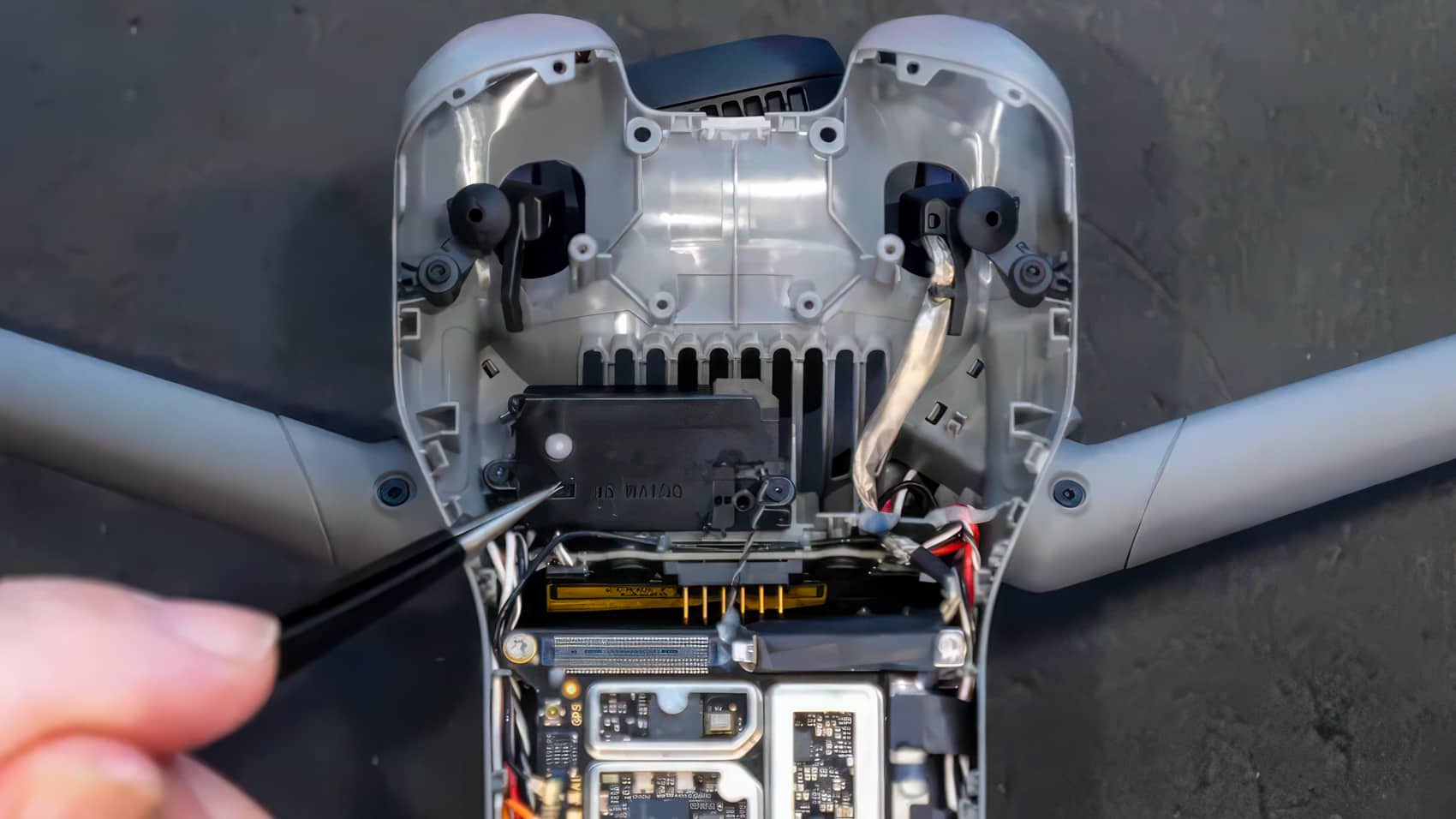
DroneXL’s Take
This shouldn’t have happened. DJI has successfully delivered four generations of Mini drones under the 250-gram limit, making the sub-250g category practically synonymous with the Mini brand. The Mini 5 Pro breaks that trust. There’s even a Japanese version that weighs less than 100 grams, and of course we have the DJI Neo coming at exactly 135 grams without any tolerances.
CASA’s decision is technically correct—the drone weighs more than 250 grams, so it doesn’t qualify as a micro RPA under Australian regulations. But the real issue is DJI’s apparent inability or unwillingness to keep their flagship Mini under the weight limit that made the series successful.
For Australian pilots, the practical impact is more nuanced than initially reported. Recreational flyers can continue flying without registration—CASA doesn’t require it for fun flying regardless of weight. Commercial operators already needed registration and accreditation for any drone anyway, so the weight classification primarily affects their operational privileges near airports. Those who purchased expecting to fly commercially under more flexible micro RPA rules near controlled airports will feel the most impact.
Europe’s EASA deserves credit for acknowledging manufacturing realities with their ±3% tolerance. It’s a pragmatic approach that recognizes production variance while maintaining safety standards. The question is whether other authorities will follow suit or continue drawing hard lines at 250 grams—and whether DJI will finally engineer a true sub-250g Mini for their next iteration.
What do you think? Share your thoughts in the comments below.
Discover more from DroneXL.co
Subscribe to get the latest posts sent to your email.
Check out our Classic Line of T-Shirts, Polos, Hoodies and more in our new store today!

MAKE YOUR VOICE HEARD
Proposed legislation threatens your ability to use drones for fun, work, and safety. The Drone Advocacy Alliance is fighting to ensure your voice is heard in these critical policy discussions.Join us and tell your elected officials to protect your right to fly.
Get your Part 107 Certificate
Pass the Part 107 test and take to the skies with the Pilot Institute. We have helped thousands of people become airplane and commercial drone pilots. Our courses are designed by industry experts to help you pass FAA tests and achieve your dreams.

Copyright © DroneXL.co 2025. All rights reserved. The content, images, and intellectual property on this website are protected by copyright law. Reproduction or distribution of any material without prior written permission from DroneXL.co is strictly prohibited. For permissions and inquiries, please contact us first. DroneXL.co is a proud partner of the Drone Advocacy Alliance. Be sure to check out DroneXL's sister site, EVXL.co, for all the latest news on electric vehicles.
FTC: DroneXL.co is an Amazon Associate and uses affiliate links that can generate income from qualifying purchases. We do not sell, share, rent out, or spam your email.




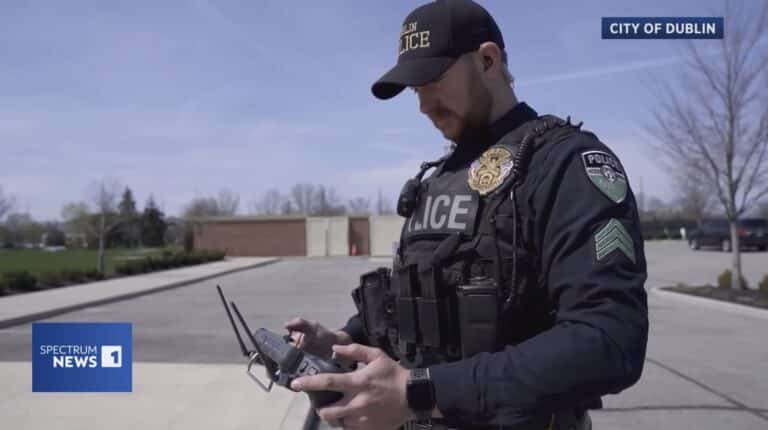
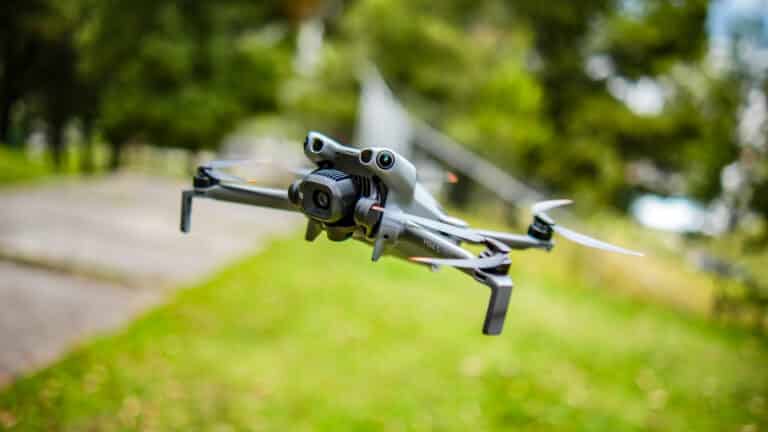

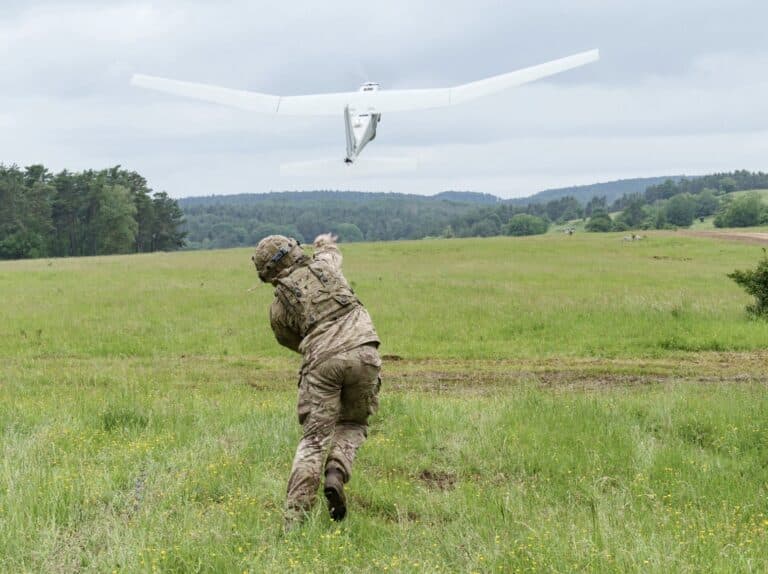



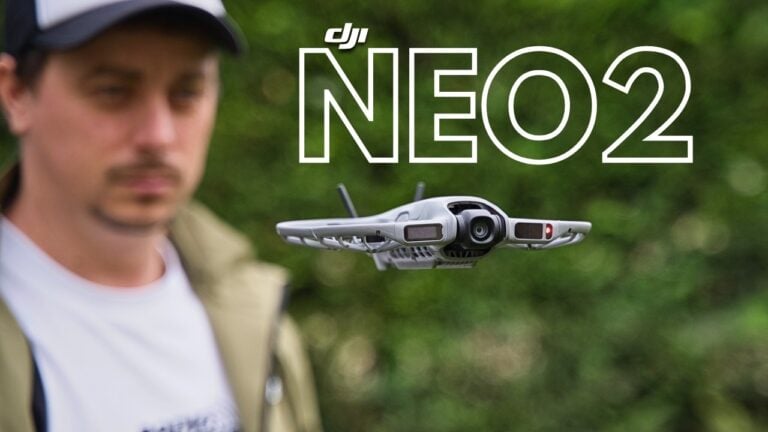


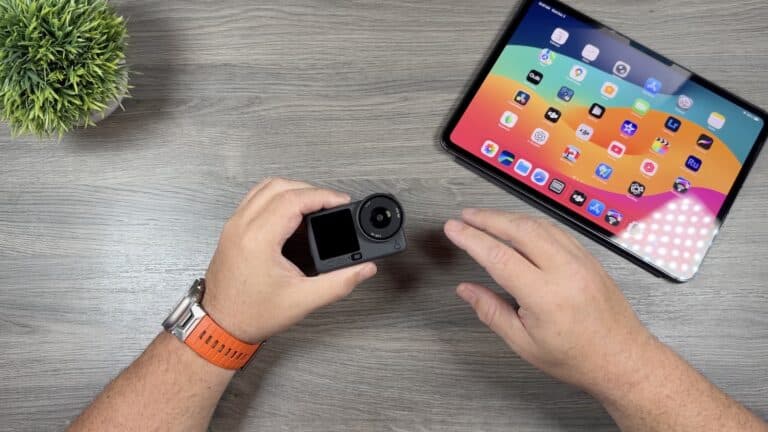
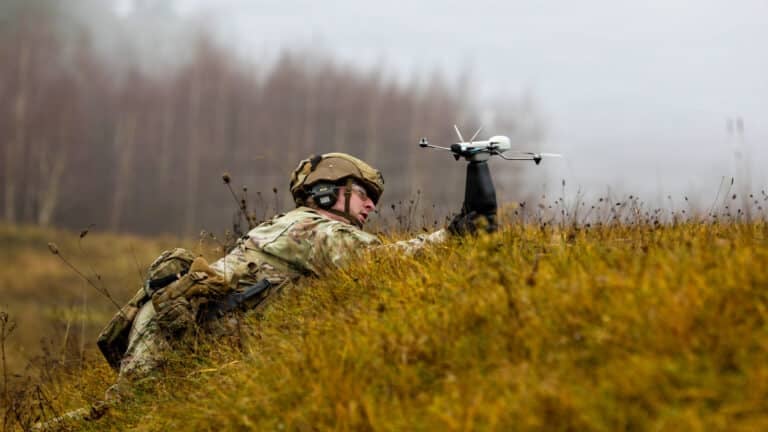


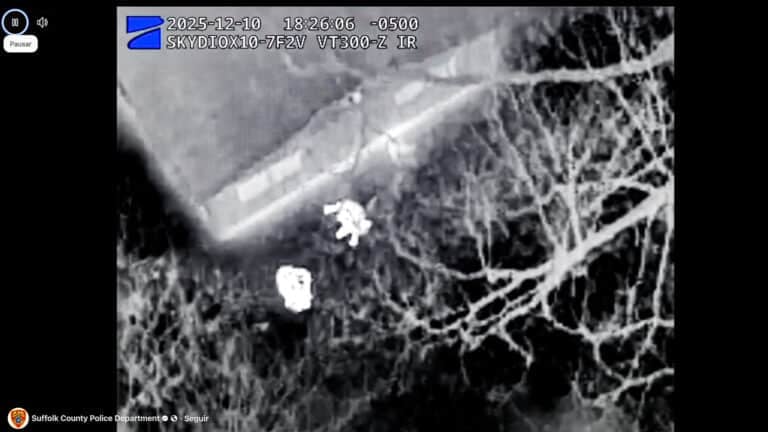
I’m curious how that works? My mini 5 comes in under 250g for whatever reason, and as far as I can tell, under Australian legislation, it has nothing to do with what make and model the drone is, but simply its take off weight.
Can’t wait for the videos to come out on all the ways consumers have reduced the Mini 5 Pro weight.
For the sake of 3grams, its so petty and insignificant, the difference is so minuscule in case of a crash.
Yes rules are rules but a bit of common sense and tolerance could easily be allowed with no impact to the end user or safety issues.
I will fly mine like a sub 250g and that is the end of it, I still fly safely and responsible, and my Mini 4 was also overweight by the same margin but it wasn’t an issue, people are only measuring the mini 5 due to its increased size and new components not thinking it was a sub 250g drone, that damn speaker LOL.
Can it be removed without interfering with the rest of the drones electronics?
The fact that a mic, and a speaker are the same thing and can automatically invert from one, to the other, is what concerns me. Think in that direction with the fact that it is on a drone.
Is it confirmed that TC’s official decision is that the drone must be under 250g but that it’s the drone op’s responsibility to check? That matches what seems to have been their policy so far. If so, Canadian M5P owners have a way out.
I’m a Canadian, about to purchase the Fly More PLUS kit (if there is such a thing, with expanded, heavier batteries that provide much longer flight times). $10 To register this with TC means nothing to me, as I already need a license for operation of my AVATA 2, AIR 2S, an iFlight 6″ cinematic deadcat, and my current build unfinished yet from getfpv. Not a big deal to me, but I can see how it really is a major inconvenience to dedicated Mini brand fans. Curious about DJI’s thinking on this, as this stands as the most crucial operating issue with this drone, and it’s not like something that can be fixed in a simple firmware update… 🤔
100%! For the people that want or need a sub-250-gram drone, DJI really dropped the ball. Luckily the Mini 4 Pro is pretty good too.
In fairness, while DJI really screwed up here, all DJI has to do to fix it is to sell a lighter battery with shorter flight time. They did that for the M4P with their Japanese batteries (which, annoyingly, they only ever sold in Japan).
The problem will be countries that certify drones by specific model as being a microdrone or not and have decided the M5P is not a microdrone,
My Mini 5 weighs closer to 297gm and my Mini 2 is 238gm. I would post photos if I could on the scales. I looked at the CASA website and it it says “If you only fly for fun, no registration or accreditation is needed.” So, as I’m not commercial, where does my operation of my Mini 5 sit? I can’t find this free online test, only a general quiz. Everything reads as for those operating as a business.
I also fly model aircraft as a hobby and they weigh more than 250 grams, however we have a registered model field. I certainly do not hold CASA accreditation personally though to fly.
Your M5P weights 297g??? That’s 38g overweight!
Did you mean 247g?
Keep in mind DJU says 249.9 +/- 4g so it can be as low as 245.9g and a high as 253.9g. The problem is that because of the flood of “OMG YOUR DRONE IS NOW ILLEGAL” influencer videos that got everyone talking about this – a lot of people have been posting about how their drones are overweight.
Thing is, we have NO idea how common it actually is since people whose M5Ps are underweight generally don’t care and so don’t post.
So our “data” is seriously skewed and unfortunately all the yelling basically forced the govs to take a stance of some sort on it. Basically, we shot ourselves in the foot.
Let’s be honest if DJI was an American brand that wouldn’t be so petty. It’s just an excuse because it’s a Chinese brand. Even if it was 210g they’d probably just upgrade the rules so that he had to be under 200g. Amazing that China, the supposedly authoritarian country is the least restrictive on people having hobbies or having fun.
What are you talking about, US & Canada approved it as a sub 250g drone..¿
No they did not
October 2nd, 2024. Must have had a time machine as it was only announced in August 2025
It dosnt concern anyone that at this level a speaker, and a mic, are pretty much the same thing.
Perhaps the 250g rule should be looked at more closely. It’s an extremely arbitrary number.
It is. I once sat in on a presentation from Brendan Schulman (XPonential Denver 2019 I believe), where he explained how it is in fact an arbitrary number. It could just as easily have been 300 grams for instance. I’ve been meaning to find it and I will share it here when I do.
Manufacturer has made it the way they have but easy fixed. This child genius recommends if take-off weight is over 250gr, remove the speaker. Measure resistance (probably ~8 ohms generally but maybe different) then replace with equivalent 1/8th watt resistors to same resistance using same connector to plug back into the circuit to eliminate any circuit variables. On the test bench, check to see how hot it gets (ground-based test flight). Might fly perfectly without ? but less likely to Fritz out if you compensate speaker with resistors. Maybe if you like some noise try a piezo buzzer plate.
PS – I don’t fly and I watched far too much McGyver. I play with balancing audio circuits and speaker design to make matched systems with odd speakers, cobbling things together. 😉
Don’t blame me if it catches on fire or flies into the oblivion. Talk to your electronics friends to confirm idea. Good luck !
In Australia as a temporary visitor till my permanent visa gets sorted. Cause of this I have no Australian documents required to make a MyCASA account leaving me unable to fly my new drone. CASA needs to take a page from EASA’s book and understand that manufacturing differences happen.
The Magic weight limit in Australia for a recreational drone is 2kg not 250 grams.
Drone registration & RPA operator accreditation is relevant to both micro RPA (250g) and very small, excluded (250g-2 kg).
Fly for business or as part of your job you need to get it. Fly for Recreation you do not need to get it.
RPA Accreditation is free and easy & Drone registration easy & free for micro RPA (250g)
So why not get if only to make you a better & Safer pilot.
The problem with email responses is you can form them anyway to get the answers you want. As someone who has a community who contacts Cs S many times about certain changes, its always mixed answers and most of the time dependent on the info you give them, and the specific employee you get for your case. I would like to see someone else send an email saying that is has the C0 label and then them responding it’s classified as under 250g and everything stays the same. I wont believe this until we get real, official documents regarding their stance, which we probably wont. Continue like normal for me.
Totally agreed. Spot On
Transport Canada has followed EASA and allowed the Drone under the less than 249 rules +-4%.
Source?
TC Inspector, I believe, I can ask for an email to confirm.
An email or official statement would be very helpful. I’ll reach out to them as well. Thank you for sharing.
UK have accepted C0 drone classification. So they have accepted the same tolerance as EASA.
https://www.caa.co.uk/drones/getting-started-with-drones-and-model-aircraft/drone-code/where-you-can-fly-points-3-to-9/
I don’t think that reasoning works unfortunately. As far as I understand it, the UK CAA confirmed there are no weight tolerances in UK regulations. They stated that if a drone has been classified as C0, even with a C0 sticker, but weighs more than 250g, this removes the C0 rating for flights in the UK.